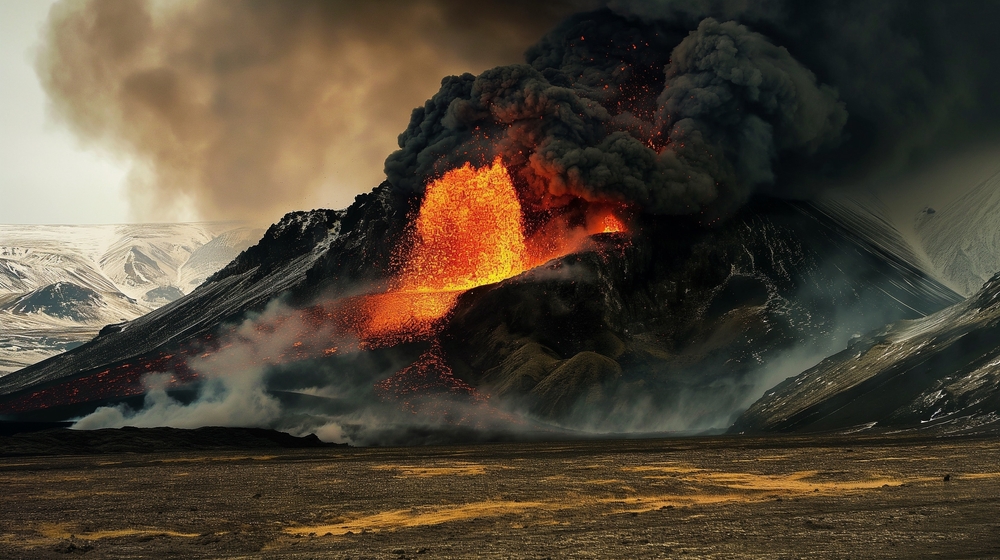Bárðarbunga volcano’s dramatic earthquake spike raises concerns over a possible eruption that could disrupt air travel and endanger wildlife.
Seismic Activity Raises Eruption Concerns
Bárðarbunga, one of Iceland’s most prominent volcanoes, recently registered approximately 130 earthquakes in just five hours. This surge in seismic activities signals a possible impending eruption, posing risks to local flora, fauna, and European airspace. Previous eruptions, such as the 2010 incident at nearby Eyjafjallajökull, highlight the potential for substantial disruptions to aviation.
Meanwhile in Iceland, Bárðarbunga – their 2nd-largest volcano – has been hit with a swarm of 130 earthquakes within five hours & a key sign an eruption could be imminent – according to The Icelandic Meteorological Office.
As a precaution, the aviation colour-code for… pic.twitter.com/tmx5P9ftHw
— Mr Pål Christiansen (@TheNorskaPaul) January 16, 2025
Last month, four large earthquakes at Bárðarbunga suggested pressure buildup in the volcano’s magma chamber. The Icelandic Meteorological Office has also raised Bárðarbunga’s aviation alert level from green to yellow, indicating significant volcanic unrest and increased eruption risk.
🚨🌋 BREAKING #Island: Baldiger Ausbruch des Bárðarbunga-Vulkans 2025 möglich.
🔹108 Erdbeben in 24h im NW-Bereich der Caldera, stärkstes Beben: M4.9
🔹Die Bebenserie weißt laut dem Naturgefahrenexperten Einar Bessi Gestsson auf eine Magma-Intrusion hin.#Iceland #Bardarbunga pic.twitter.com/ryYm4A5d8T
— Zensurkontrolle 𝕏 (@zensurkontrolle) January 14, 2025
Potential Risks to Air Travel and the Environment
The Bárðarbunga system lies largely beneath Europe’s largest ice cap, Vatnajökull, intensifying the explosive potential of any eruption. Such activity can expel ash clouds that pose hazards to air traffic, as evidenced during the 2010 eruption and numerous past events in Iceland.
“Bárðarbunga is unique in that it is an extensive volcanic system, partly covered by a glacier” – IMO.
Although airlines now allow flights in areas with up to 4,000 micrograms of ash per cubic meter, an eruption could still see significant travel complications. Ash particles can severely damage aircraft engines, leading to broader safety concerns in the affected regions.
Ongoing Monitoring and Preparedness
The Icelandic Meteorological Office continuously monitors Bárðarbunga’s movements, yet an eruption’s exact timing and nature remain uncertain. Iceland’s experience managing volcanic crises helps mitigate risks, exemplified by timely evacuations during previous eruptions.
“The unrest at Bárðarbunga is in addition to long-term inflation of the system over the last few years and could herald developments towards a new eruption” – Valentin Troll.
Precautions have included evacuating Bárðarbunga’s immediate areas. Authorities and scientists remain vigilant, focused on ensuring local community safety and maintaining the integrity of air travel operations.
Sources:
https://www.nationalgeographic.com/science/article/iceland-volcano-getting-ready-to-blow-spd
https://www.vox.com/2014/8/20/6049241/bardarbunga-volcano-iceland-air-travel

